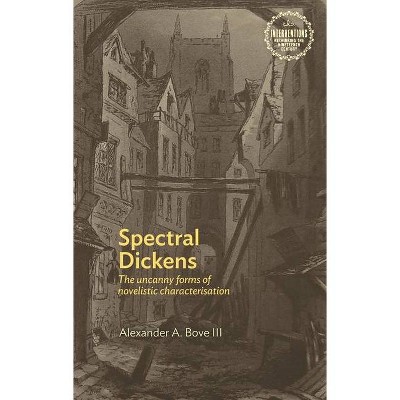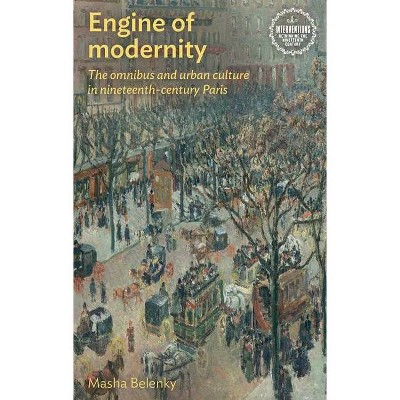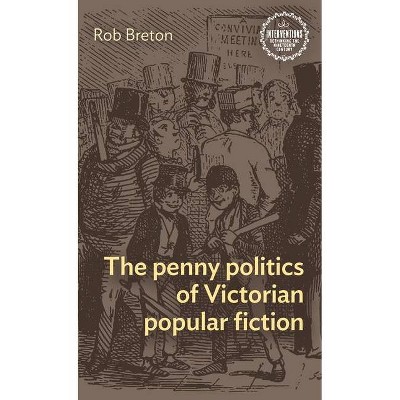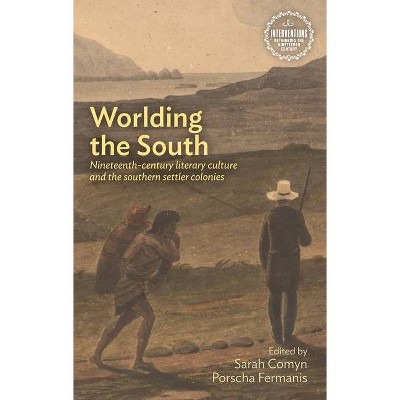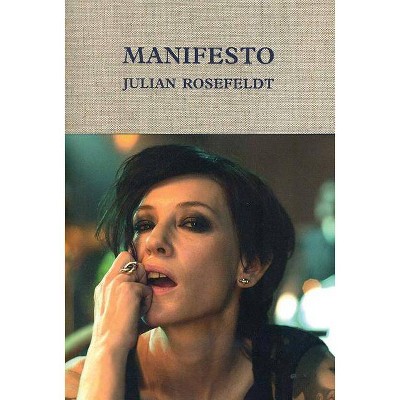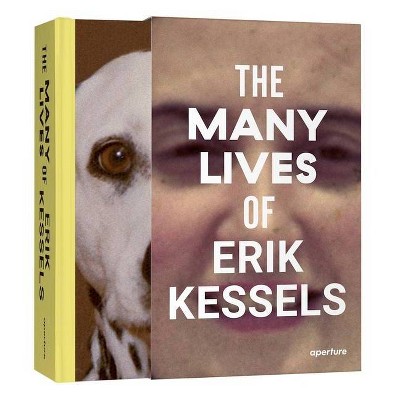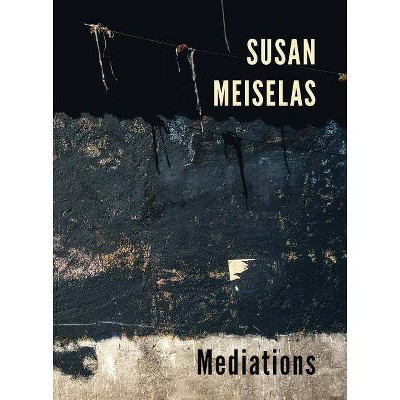Madrid on the Move - (Interventions: Rethinking the Nineteenth Century) by Vanesa Rodríguez-Galindo (Hardcover)
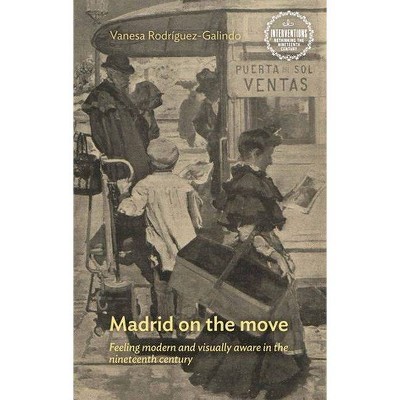
Similar Products
Products of same category from the store
AllProduct info
<p/><br></br><p><b> About the Book </b></p></br></br><i>Madrid on the move</i> offers an account of illustrated print culture and the urban experience in nineteenth-century Spain. It provides a fresh account of modernity from a transnational perspective. Drawing on different kinds of printed images and texts, the book explores what being modern meant to people in their daily lives.<p/><br></br><p><b> Book Synopsis </b></p></br></br><i>Madrid on the move</i> illustrates print culture and the urban experience in nineteenth-century Spain. It provides a fresh account of modernity by looking beyond its canonical texts, artworks, and locations and explores what being modern meant to people in their daily lives. Rather than shifting the loci of modernity from Paris or London to Madrid, this book decentres the concept and explains the modern experience as part of a more fluid, global phenomenon. Meanings of the modern were not only dictated by linguistic authorities and urban technocrats; they were discussed, lived, and constructed on a daily basis. Cultural actors and audiences displayed an acute awareness of what being modern entailed and explored the links between the local and the global, two concepts and contexts that were being conceived and perceived as inseparable.<p/><br></br><p><b> From the Back Cover </b></p></br></br>This book provides an account of visual culture and the urban experience in nineteenth-century Spain. The nineteenth century was a crucial moment for cities across the globe. Urbanisation, technological progress and the development of a mass culture yielded new forms of spectatorship and ways to experience city life. As in other European capitals, Madrid underwent these changes. The effects of modernisation and foreign influence were at the heart of the growing number of printed images circulating in the capital. This book proposes a different understanding of modernity by looking beyond its canonical texts, artworks and locations and exploring what 'being modern' meant to people in their daily lives. Taking an interdisciplinary approach, this study examines illustrated magazines, cartoons, <i>costumbrista </i>collections, newspaper articles, congress sessions, maps and urban treatises. Across visual and printed media what surfaced was an acute awareness of the modern and the knowledge of forming part of an increasingly interconnected world. Rather than shifting the loci of modernity from Paris or London to Madrid, this book decentres the concept and explains the modern experience as part of a more fluid phenomenon. Decentring modernity involves exploring the ways in which citizens reflected on modernisation and its changing meanings. Cultural actors used words, images, visual experience and emotions to explore the interdependence between the past and the present and between the local and the global, two concepts and contexts that were being conceived and perceived as inseparable. This book exposes the interdependence of local and global practices, an issue of increasing relevance in our present-day world.<p/><br></br><p><b> About the Author </b></p></br></br>Vanesa Rodríguez-Galindo is a historian of visual and material culture. She teaches at Florida International University
Price History
Cheapest price in the interval: 120.99 on October 23, 2021
Most expensive price in the interval: 120.99 on November 8, 2021
Price Archive shows prices from various stores, lets you see history and find the cheapest. There is no actual sale on the website. For all support, inquiry and suggestion messagescommunication@pricearchive.us
